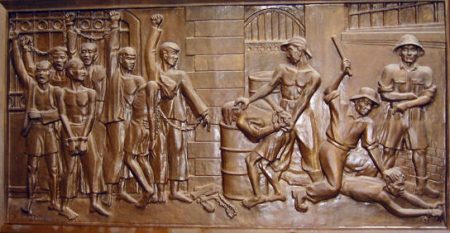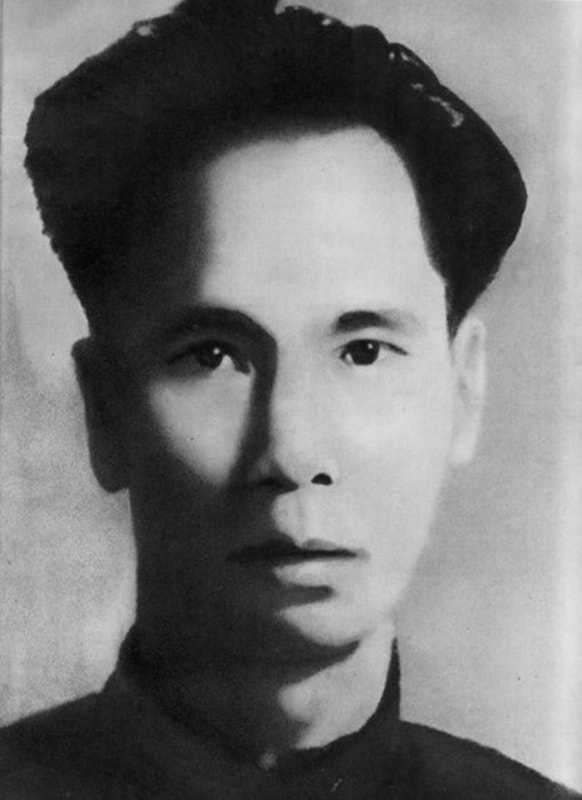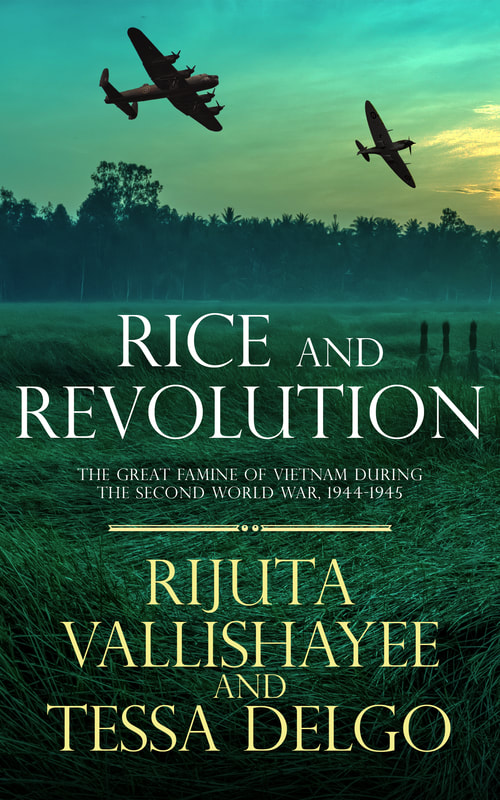- Home
- Stories
-
Internship
- Summer 2024 Internship
- Summer 2023 Internship
- Fall 2022 Internship
- Summer 2022 Internship
- Summer 2021 Internship
- Fall 2020- Spring 2021 Internship
- Summer 2020 Internship
- Fall 2019 Internship
- Summer 2019 Internship >
- School Year 2018-2019 Internship
- Summer 2018 Internship >
- Fall 2017 Internship
- Summer 2017 Internship >
- Books
- Archives
-
Resource Page
-
Supplementary Research Guides
>
- Unit 731 - Guide >
-
Philippines' Resistance - Guide
>
- Philippines World War II Timeline
- The Japanese Invasion & Conquest of the Philippines
- Bataan Death March
- Formation of Underground Philippines Resistance
- Supplies of the Guerrilla Fighters
- The Hukbalahap
- Hunter's ROTC
- Marking's Guerrillas
- United States Army Forces in the Philippines of Northern Luzon (USAFIP-NL)
- The Aetas
- Chinese and Filipino-Chinese Nationalist Guerrilla Units
- The Female Faces of the Philippine Guerrillas
- Rising Sun Flag - Guide >
- Pinay Guerrilleras - Guide >
- Fall of Singapore - Guide >
- Three Years and Eight Months - Guide >
- Siamese Sovereignty - Guide >
- The Khabarovsk War Crimes Trial - Guide >
- Unit 731 Cover-up : The Operation Paperclip of the East - Guide >
- Marutas of Unit 731 - Guide >
- Prince Konoe Memoir - Guide >
- Competing Empires in Burma - Guide >
- Battle of Shanghai - Guide >
- Ishi Shiro - Guide >
- Taiwan The Israel of the East - Guide >
- Seeking Justice for Biological Warfare Victims of Unit 731 - Guide >
- Rice and Revolution - Guide >
- Clash of Empires - Guide >
-
Hunger for Power and Self-SufficiencyI - Guide
>
- The Influence of War Rations on Post-War Culinary Transformations
- How World War II Complicated Food Scarcity and Invention
- American Military Innovations
- Government-Sponsored Food Inventions in Europe during World War II
- Feeding the Army: The Adaptation of Japanese Military Cuisine and Its Impact on the Philippines
- Mixed Dishes: Culinary Innovations Driven by Necessity and Food Scarcity
-
Denial A Quick Look of History of Comfort Women and Present Days’ Complication - Guide
>
- The Comfort Women System and the Fight for Recognition
- The Role of Activism and International Pressure
- The Controversy over Japanese History Textbooks
- The Sonyŏsang Statue and the Symbolism of Public Memorials
- Activism and Support from Japanese Citizens
- The Future of Comfort Women Memorials and Education
- Echoes of Empire: The Power of Japanese Propaganda - Guide >
- Lesson Plans >
-
Supplementary Research Guides
>
Ho Chi Minh
Due to the maintenance of past social structures, much of the resistance against French colonialism took place in Annam and Tonkin. Military resistance began with the Can Vuong (Save the King) movement in Annam, however, this was defeated by Cochinchinese forces in 1882. The last form of major military resistance against the French until after the Second World War took place in the hills of Tonkin, where Hoang Hoa Tham held out until 1913. From then on, the majority of anti-colonial resistance would be carried out on a different playing field, led first by Confucian-educated intellectuals who passed their torch to educated, professional revolutionaries. The Annam provinces of Nghe An and Ha Tinh, collectively known as Nghe Tinh, were known for the revolutionary movements and leaders they produced.
A Vietnamese plaque showing French colonial brutality.
Nghe An was the birthplace of one of the leaders of the first generation of intellectual resistance, Phan Boi Chau. Phan Boi Chau was studying for the Confucian civil service examinations when the Can Vuong movement collapsed, and he turned to the organization of a society that would further the cause of anti-colonial resistance. In 1904, he obtained the allegiance of the Nguyen Prince Cuong De, who he used as a rallying point for his organization, The Reformation Society (Duy Tan Huy).
Cuong De had received some support from Imperial Japan, and many first generation intellectual anti-colonialists also looked to Japan as a base for future activities and a model for reform. This movement towards Japan was known as the Dong Du Movement. This first generation varied individually in terms of ideology, ranging from monarchist to republican. Despite these differences, the movement was distinctly nationalist, focusing only on anti-colonial resistance instead of a nationalist and proletariat revolution. Various groups based on different ideologies appeared and disappeared, but none were as influential as Phan Boi Chau’s organization, nor as successful as the second generation of revolutionaries.
Cuong De had received some support from Imperial Japan, and many first generation intellectual anti-colonialists also looked to Japan as a base for future activities and a model for reform. This movement towards Japan was known as the Dong Du Movement. This first generation varied individually in terms of ideology, ranging from monarchist to republican. Despite these differences, the movement was distinctly nationalist, focusing only on anti-colonial resistance instead of a nationalist and proletariat revolution. Various groups based on different ideologies appeared and disappeared, but none were as influential as Phan Boi Chau’s organization, nor as successful as the second generation of revolutionaries.
A portray of Ho Chi Minh during his time Guangzhou, China. Source
Although Phan Boi Chau lived much of his revolutionary career in exile or house arrest, he still influenced the second, ultimately successful generation of revolutionaries, led by the enigmatic Ho Chi Minh. Phan was a friend of Ho’s father and influenced Ho’s patriotism when he was a child named Nguyen Tat Thanh. Nguyen was educated in the Confucian tradition, though he was expelled from school as a teen due to his participation as a translator for peasant uprisings in Hue. Eventually, he left Vietnam in 1911 and travelled the world as a messboy on various French liners. He settled in France after the end of the First World War, where he quickly became affiliated with the nationalist organizations founded by the first generation of revolutionaries in exile.
There, he founded a nationalist group called the Association of Annamite Patriots with the help of first generation anti-colonialists Phan Chu Trinh and Phan Van Truong. This organization, like many other nationalist groups in Paris at the time, sought to take advantage of the Versailles Peace Conference happening at the time (Duiker chapter 2) Ho, with the help of his colleagues, wrote an eight-point declaration demanding equality under the law for both the Vietnamese and French people, freedom of speech, religion and assembly, amnesty for Vietnamese political prisoners, and Vietnamese representation in the French government. This declaration was called “Revendications du Peuple Annamite,” and it was signed by Nguyen Ai Quoc, the most famous of Ho’s numerous names. Ho was responsible for publicizing the document, and he personally delivered it to both the President of France and the Palace of Versailles, as well as published it in a socialist paper.
There, he founded a nationalist group called the Association of Annamite Patriots with the help of first generation anti-colonialists Phan Chu Trinh and Phan Van Truong. This organization, like many other nationalist groups in Paris at the time, sought to take advantage of the Versailles Peace Conference happening at the time (Duiker chapter 2) Ho, with the help of his colleagues, wrote an eight-point declaration demanding equality under the law for both the Vietnamese and French people, freedom of speech, religion and assembly, amnesty for Vietnamese political prisoners, and Vietnamese representation in the French government. This declaration was called “Revendications du Peuple Annamite,” and it was signed by Nguyen Ai Quoc, the most famous of Ho’s numerous names. Ho was responsible for publicizing the document, and he personally delivered it to both the President of France and the Palace of Versailles, as well as published it in a socialist paper.
Related Book
Rice and Revolution
|
|
Pacific Atrocities Education
730 Commercial Street San Francisco, CA 94108 415-988-9889 |
Copyright © 2021 Pacific Atrocities Education.
We are a registered 501 (c)(3) charity. |
- Home
- Stories
-
Internship
- Summer 2024 Internship
- Summer 2023 Internship
- Fall 2022 Internship
- Summer 2022 Internship
- Summer 2021 Internship
- Fall 2020- Spring 2021 Internship
- Summer 2020 Internship
- Fall 2019 Internship
- Summer 2019 Internship >
- School Year 2018-2019 Internship
- Summer 2018 Internship >
- Fall 2017 Internship
- Summer 2017 Internship >
- Books
- Archives
-
Resource Page
-
Supplementary Research Guides
>
- Unit 731 - Guide >
-
Philippines' Resistance - Guide
>
- Philippines World War II Timeline
- The Japanese Invasion & Conquest of the Philippines
- Bataan Death March
- Formation of Underground Philippines Resistance
- Supplies of the Guerrilla Fighters
- The Hukbalahap
- Hunter's ROTC
- Marking's Guerrillas
- United States Army Forces in the Philippines of Northern Luzon (USAFIP-NL)
- The Aetas
- Chinese and Filipino-Chinese Nationalist Guerrilla Units
- The Female Faces of the Philippine Guerrillas
- Rising Sun Flag - Guide >
- Pinay Guerrilleras - Guide >
- Fall of Singapore - Guide >
- Three Years and Eight Months - Guide >
- Siamese Sovereignty - Guide >
- The Khabarovsk War Crimes Trial - Guide >
- Unit 731 Cover-up : The Operation Paperclip of the East - Guide >
- Marutas of Unit 731 - Guide >
- Prince Konoe Memoir - Guide >
- Competing Empires in Burma - Guide >
- Battle of Shanghai - Guide >
- Ishi Shiro - Guide >
- Taiwan The Israel of the East - Guide >
- Seeking Justice for Biological Warfare Victims of Unit 731 - Guide >
- Rice and Revolution - Guide >
- Clash of Empires - Guide >
-
Hunger for Power and Self-SufficiencyI - Guide
>
- The Influence of War Rations on Post-War Culinary Transformations
- How World War II Complicated Food Scarcity and Invention
- American Military Innovations
- Government-Sponsored Food Inventions in Europe during World War II
- Feeding the Army: The Adaptation of Japanese Military Cuisine and Its Impact on the Philippines
- Mixed Dishes: Culinary Innovations Driven by Necessity and Food Scarcity
-
Denial A Quick Look of History of Comfort Women and Present Days’ Complication - Guide
>
- The Comfort Women System and the Fight for Recognition
- The Role of Activism and International Pressure
- The Controversy over Japanese History Textbooks
- The Sonyŏsang Statue and the Symbolism of Public Memorials
- Activism and Support from Japanese Citizens
- The Future of Comfort Women Memorials and Education
- Echoes of Empire: The Power of Japanese Propaganda - Guide >
- Lesson Plans >
-
Supplementary Research Guides
>


